Baroque Pearls - The New Jewelry Trend in 2022

Baroque pearls are a few of the most attractive unique-shaped natural gems in the jewelry marketplace. They are the perfect choice for modern & bold women who want to show that they are extraordinary. They are the reverse of traditional pearls since each has its particular size and shape. This makes them exceptionally easy to make dazzling pieces that go well with every style. However, just how valuable are the most common type of baroque pearls? As a jewelry appraiser with many years of experience, let me tell you some important things about them to give you an idea of their worth and significance.
What is the origin of the word 'Baroque'?
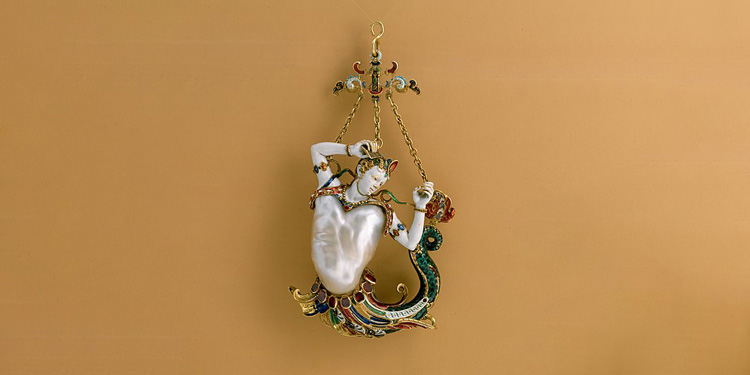
Baroque, most likely derived from the Portuguese word "Barocco," refers to a pearl with a highly structured outline. All through the Baroque Era (1600–1750), these classic pearls were primarily used in jewelry; that's why the name - was an indication of the luxuriant art and style of the period.
What do baroque pearls look like?
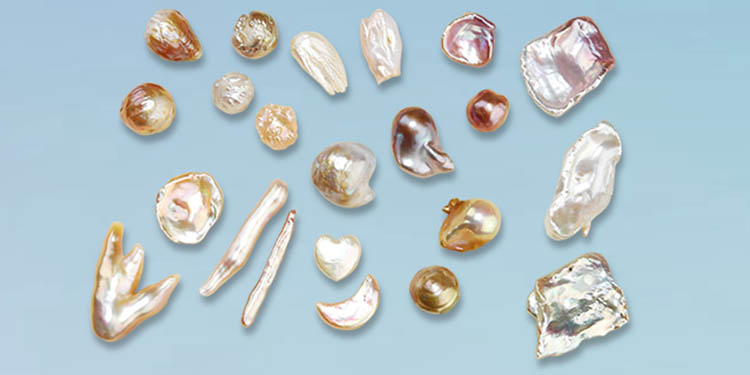
Baroque pearls are pearls having irregular shapes. Shapes can vary from small aberrations to noticeably oval, rounded, pinched, or curvy shapes. Most cultured freshwater pearls are baroque because freshwater pearls are mantle-tissue nucleated rather than bead-nucleated. Furthermore, cultured saltwater pearls can be baroque but tend to be more teardrop-shaped owing to the sphere-shaped nucleation bead.
By itself, the pearl's color is imperative in evaluating its value. As most asymmetrical pearls come in shades of white & pink, the dark-colored thinnest baroque-shaped pearls are considered the most valuable because they are tremendously rare.
How are baroque pearls formed?
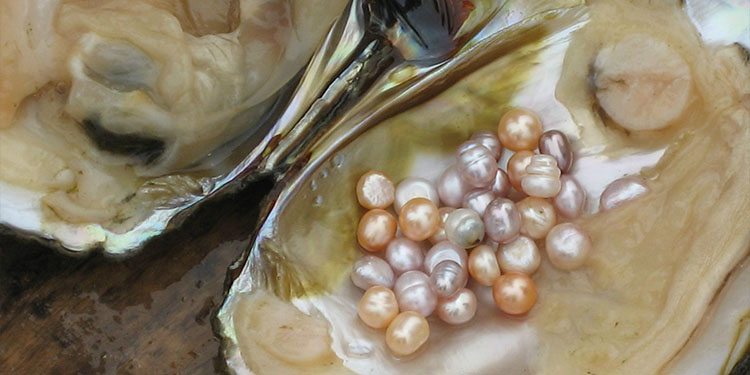
The massive majority of freshwater pearls are baroque pearls. This denotes that the characteristic shape of a pearl is the deformed type, i.e., the baroque. The pearl formation process does not always transpire in the soft tissue. A few pearl cysts are trapped in muscular tissue and bump into resistance from the adjacent muscles. This eventually leads to the formation of uneven, deficient pearl shapes.
What are baroque pearls used for?
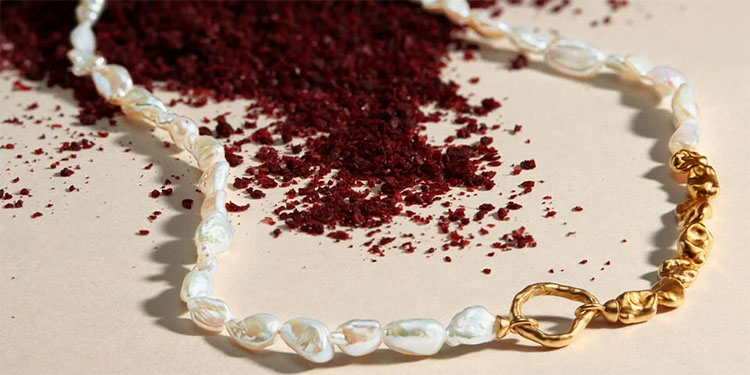
Baroque pearls make many jewelry pieces, such as baroque pearl earrings. Baroque pearls are highly appreciated by most jewelers, who saw them not as deformed products of sea mollusks but, to a certain extent, as exclusive and beautiful natural forms. They were time and again used in pieces of jewelry to shape the bodies of eminent personalities. Furthermore, the color of the pearl is very significant in assessing its practical use within the jewelry trade.
Who wears baroque pearls?
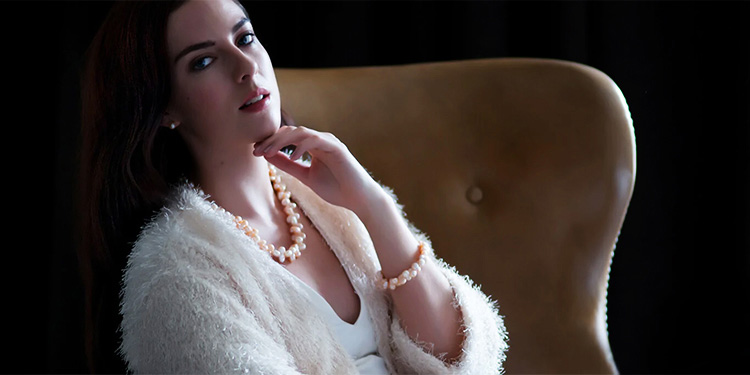
There are a lot of references to baroque pearls, and they've been specified with several different meanings. There are many cultural references to baroque pearl bracelets, and they've been given many other purposes. You'll see in Queen Elizabeth-I's portrait that her waist's round was having a strand of pearls sewn into her outfit, which was to show her honor and decency. So, before 1920, traditional pearls symbolized massive wealth and status.
Individualism in pearls over imperfection is a feeling that comes with existing baroque jewelry trends. Possibly no one has popularized pearls so far as the fashion icon, Coco Chanel. Man Ray photographed her dressed in black (1935) and wearing her brand, along with multiple strands of pearls and bracelets.
20th-century glamorous fashion influencers also took note of baroque pearls. For so many years, baroque pearls have styled fashion luminaries' necks, such as Audrey Hepburn, Princess Diana, Jacqueline Kennedy Onassis, and Grace Kelly. Classic white strands of these asymmetrical pearls turned into jewelry-wardrobe staples among the women who valued imperfection and individuality.
So why do celebrities and eminent personalities prefer baroque pearls?
The stylishness of baroque pearls
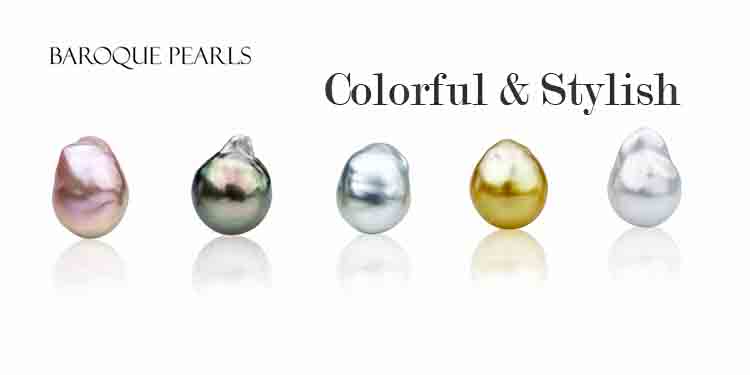
Today, perfectly round elegant jewels stay behind in style & as an ideal choice as much as traditional jewelry does. Only some consumers demand new extravagant jewelry, but serious admirers of classic jewels continue to ensure that semi-baroque pearls and pendants stay behind in fashion.
Perfectly sphere-shaped and round pearls are rare, at the same time as baroque shapes are more plentiful. This denotes that they are the more reasonable option when it comes to this radiant gem, making them amazing for superior quality statement jewelry that doesn't cost too much.
The uniqueness of baroque pearls
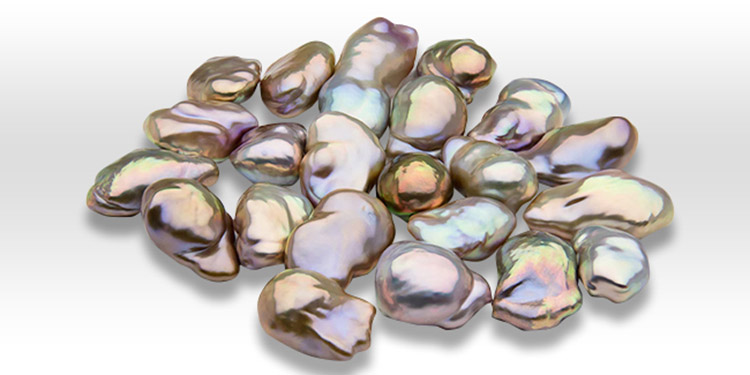
The one-of-a-kind shape of baroque pearls makes them perfect for fascinating and outstanding jewelry. With each shape adorning bracelets and necklaces, there's a piece to go well with all and one's style. The radiant nature of this gemstone means it will be the centerpiece of each wear it adorns with its excellent luster.
The 12 Types of Baroque Pearls
Baroque pearls come in a wide array of shapes, from small to big. There are more than 12 main baroque pearls to pick from, including Keshi, baroque, rice, twin, potato, and coin pearls.
Not all of these are just as singled out in traditional pearl jewelry, with a few lustrous pearls being more valued for their unique, shape, size, and luster.
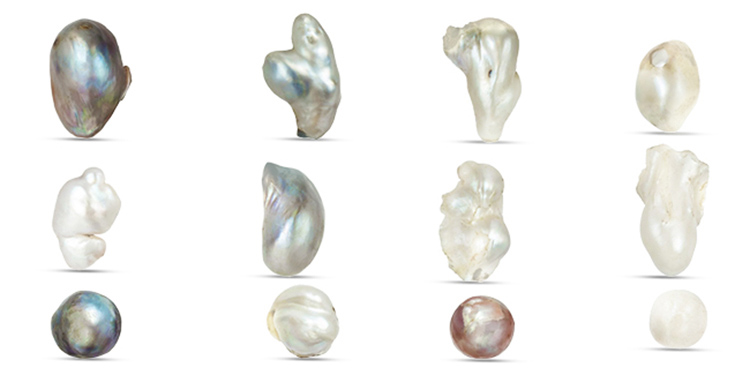
Here is a list of the 12 different types of baroque pearls you might find.
1. Baroque Pearls – The shape of these pearls is similar to slightly elongated spheres with irregular surfaces.
2. Keshi Pearls – These Keshi pearls lack a beaded nucleus and are non-nucleated; pure and 100% solid nacre and available in all different shapes.
3. Coin Pearls – These pearls with unique shapes are round, smooth, and have uneven surfaces, which acquired them their given name. They are known for their luster and are used in startlingly attractive jewelry designs.
4. Potato Pearls – These are big, circular, potato-shaped pearls with a pleasing color and outstanding luster.
5. Biwa/Stick Pearls – These thin and long Biwa pearls make admirable choices for pendants/ earrings owing to their peculiar shape.
6. Rice Pearls – These pearls resemble rice with their small and circular shape. They are, for the most part, used in cluster jewelry and are very reasonably priced.
7. Teardrop Pearls – These, at the same time, as you might presume, are teardrop-shaped pearls in the company of a tapered top and broad, curved bottom. They are, for the most part, preferred for classy jewelry and are over and over again worn by royal families and celebrities.
8. Cross Pearls – These are amazingly rare pearls in which the nacre has been shaped in a cross outline. They are well-liked for religious jewelry.
9. Twin Pearls – These pearls get shaped at what time two, perhaps of different shapes, join collectively.
10. Egg Pearls – These pearls resemble similar to an egg. Their shape is similar to teardrop pearls; however not as excessive.
11. Heart Pearls – Heart pearls are similar to coin pearls in their smoothness, apart from their being shaped like hearts, creating them great for romantic jewelry.
12. Leaf Pearls – These consider the thinnest shape involving baroque pearls. They are amazingly thin in the midst of a very uneven surface.
Are baroque pearls valuable?
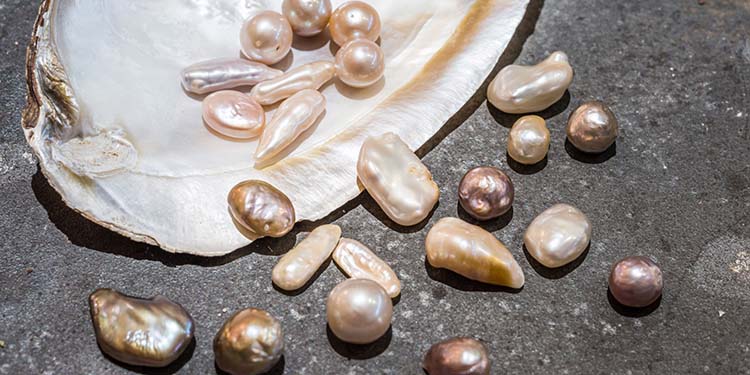
Many factors contribute to the worth of a baroque pearl: size, shape, pearl type, and color. On the other hand, baroque pearls are economical, unique, and cost-effective. Baroque pearls are real, but not all are the same. On the whole, baroque pearls are less costly than round-shaped pearls, but their value banks notably on their type. Freshwater baroque pearls (which are plentiful) are much more reasonably priced than South Sea baroque pearls or Tahitian black gems. Off-round pearls are something like 20-35% of the cost of round-shaped pearls at what time compared with gems of related type and size.
Types of baroque pearl jewelry
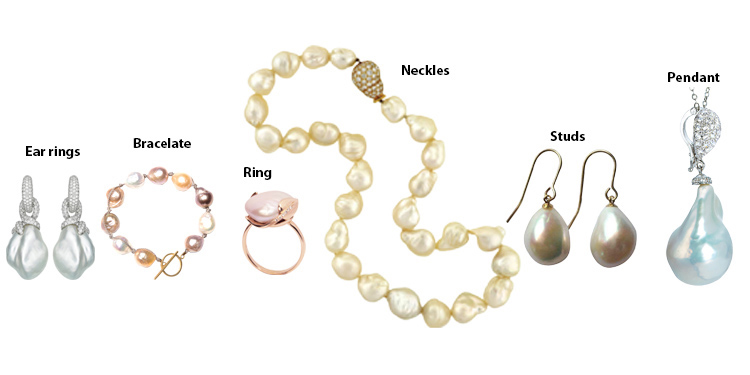
Whether you like simple or bold designs, baroque pearl jewelry will go well with your every style. They are multipurpose and can be worn as dazzling statement pieces or quieter day-after-day items. The exquisiteness of baroque pearls is in their non-traditional appearance. That's why; so many individuals choose baroque pearls:
Baroque pearl necklaces - Baroque pearl strands straight away catch the eye and make you look two times. Choosing different kinds of pearls shows you how great the chain is. Big, radiant pearls are more elaborate and excellent as a luxurious statement piece.
Baroque pearl pendant - If intact pearl strands aren't for you, pick a baroque pearl pendant in its place. These are highly elegant and contemporary in design, combining the stylishness of pearls with the straightforwardness of a chain necklace.
Baroque pearl earrings - Long dangling earrings add glamour to attire. At what time they attribute baroque pearls, this sets out to the next level!
Baroque pearl studs - These are great for day-by-day wear, as well as to work or to dress up a matchup of jeans.
Baroque Pearl Rings and Bracelets - Dress up with a ring attributing a baroque pearl. And whether you want a friendship pearl bracelet or a distinct strand of pearls, baroque pearls will fit the best.
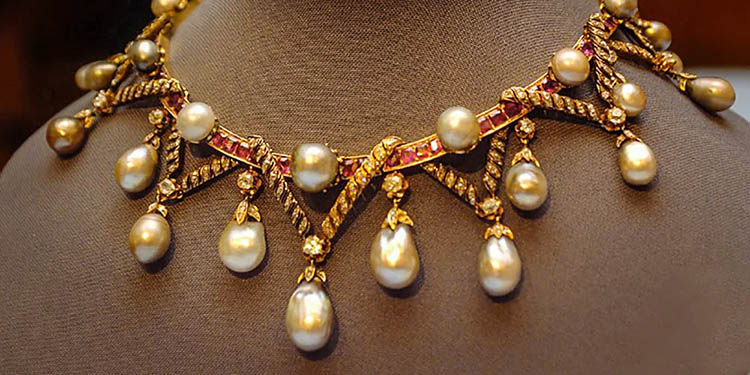
Conclusion
At the same time, as you can see, baroque pearls are dazzling, everlasting, and unique options for pearl jewelry. They stand out and look startling! If you are somebody who likes to wear exclusive designs or try something special, you are going to adore baroque pearls. Combine this with the fact that they aren't as expensive as traditional pearls, and you have a great reason to buy baroque jewelry.

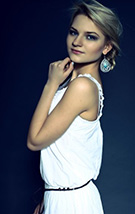
Leave a Comment